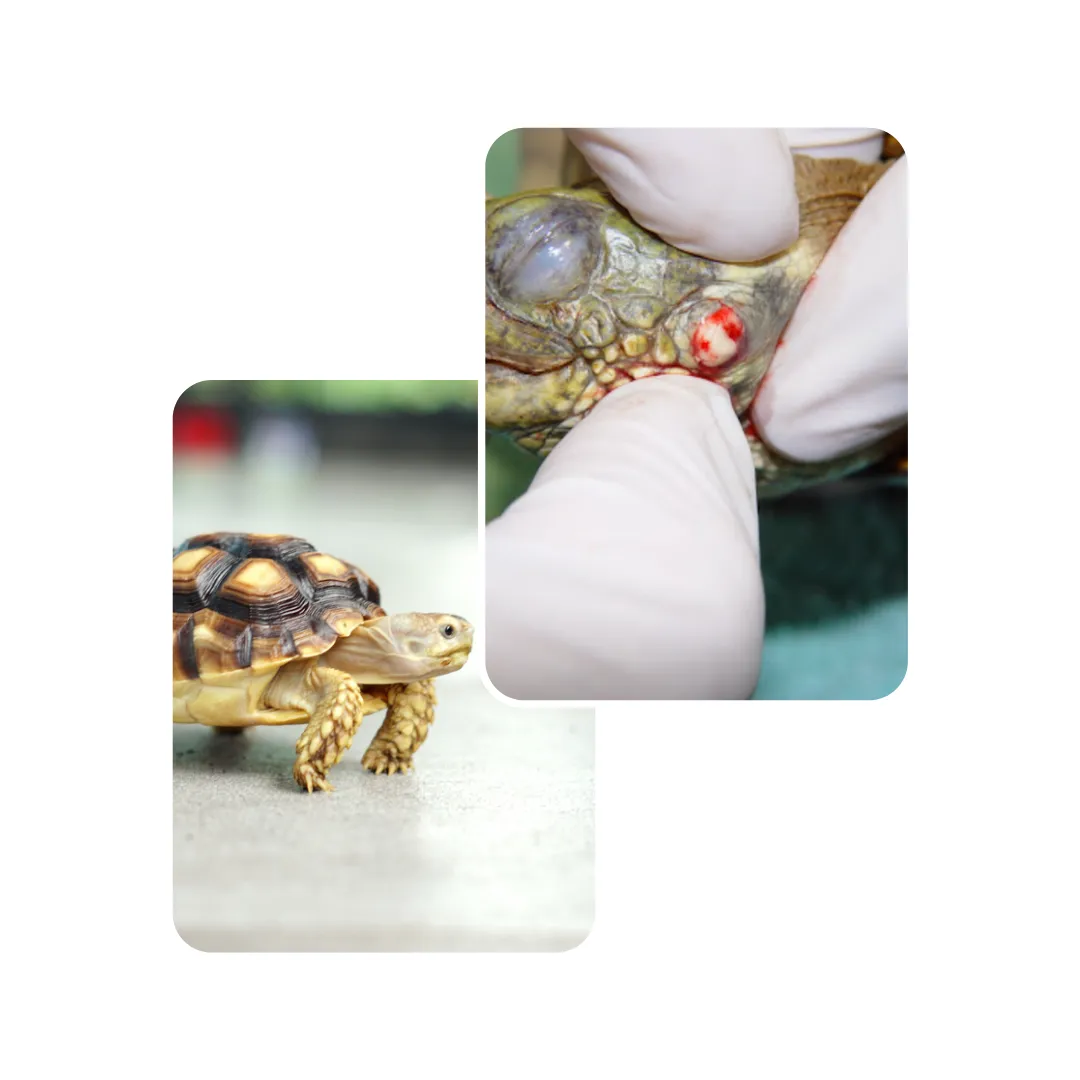

No. Once the lump is formed, the tortoise cannot absorb enough Vitamin A orally to reverse the tissue damage. It requires a precise, injectable dose from a vet.
No. Tortoise pus is solid and requires mechanical, surgical removal. Oral antibiotics only fight the bacteria but cannot break down the solid mass.
Both present as a hard lump. Only a vet can tell the difference through surgical removal and biopsy. Treat it as an abscess, an urgent surgical emergency.
Hygiene and Diet. Provide a permanent, nutrient-dense diet rich in Vitamin A and maintain scrupulously clean, consistently warm water for drinking and soaking.
Yes. An untreated abscess can cause the infection to spread to the internal organs or bone, leading to septicemia, permanent disfigurement, or death.
Your pet deserves expert care – Subscribe now for trusted tips and updates from our pet experts.
